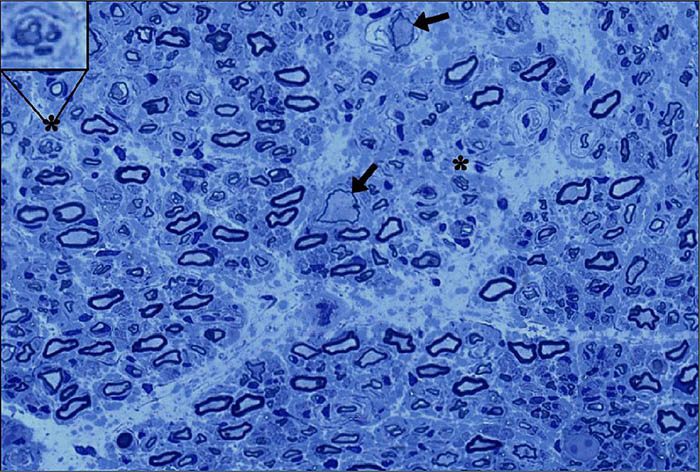Experimental gene therapy for giant axonal neuropathy shows promise in NIH clinical trial
Treatment for rare childhood disease was well tolerated and slowed loss of motor function
An investigational gene therapy for a rare neurodegenerative disease that begins in early childhood, known as giant axonal neuropathy (GAN), was well tolerated and showed signs of therapeutic benefit in a clinical trial led by the National Institutes of Health (NIH). Currently, there is no treatment for GAN and the disease is usually fatal by 30 years of age. Fourteen children with GAN, ages 6 to 14 years, were treated with gene transfer therapy at the NIH Clinical Center and then followed for about six years to assess safety. Results of the early-stage clinical trial appear in the New England Journal of Medicine.
The gene therapy uses a modified virus to deliver functional copies of the defective GAN gene to nerve cells in the body. It is the first time a gene therapy has been administered directly into the spinal fluid, allowing it to target the motor and sensory neurons affected in GAN. At some dose levels, the treatment appeared to slow the rate of motor function decline. The findings also suggest regeneration of sensory nerves may be possible in some patients. The trial results are an early indication that the therapy may have favorable safety and tolerability and could help people with the rapidly progressive disease.
“One striking finding in the study was that the sensory nerves, which are affected earliest in GAN, started ‘waking up’ again in some of the patients,” said Carsten G. Bonnemann, M.D., senior author and chief of the Neuromuscular and Neurogenetic Disorders of Childhood Section at the National Institute of Neurological Disorders and Stroke (NINDS), part of NIH. “I think it marks the first time it has been shown that a sensory nerve affected in a genetic degenerative disease can actually be rescued with a gene therapy such as this.”

Biopsy of a sensory nerve from a participant in the GAN gene therapy trial (arrows indicate giant axons; regenerating nerve cluster in upper left). Some patients regained sensory nerve response after treatment.
This page was last updated on Thursday, March 21, 2024